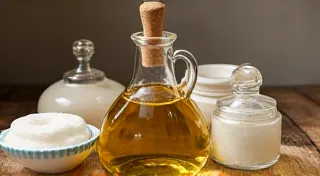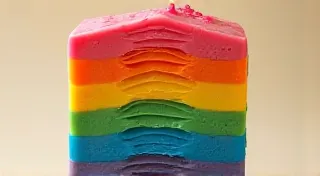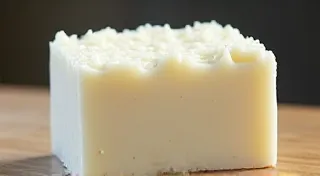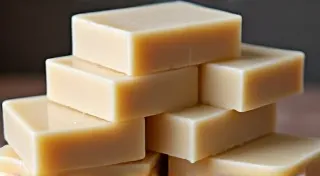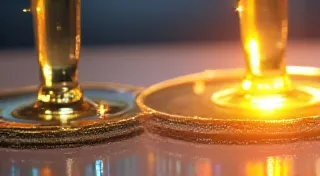Choosing the Right Oils for Artisan Soapmaking
Understanding the properties of different oils is crucial for successful artisan soapmaking. Each oil contributes unique characteristics to your soap, impacting everything from its hardness and lather to its moisturizing qualities. This guide explores some of the most popular oils used in soapmaking and helps you choose the best combination for your desired outcome.
The Foundation: Common Soapmaking Oils
Soapmaking isn't just about combining oils and lye; it's about understanding how they interact. Oils are categorized into three main groups: Hard Oils, Soft Oils, and Superfatting Oils. Hard oils contribute to a harder bar, soft oils create a softer, more conditioning bar, and superfatting oils add extra moisturizing properties.
Olive Oil: The Cornerstone of Castile Soap
Olive oil is a workhorse in the soapmaking world. Often featured in traditional Castile soap recipes (often 100% olive oil), it produces a gentle, mild soap known for its conditioning properties. Soap made primarily with olive oil tends to be creamy and moisturizing, but it can be soft and takes a long time to cure (typically 6-8 weeks). It's often blended with other oils to improve hardness. The extended cure time is essential to allow saponification to complete and for the soap to harden and mellow, resulting in a milder final product. Experimenting with different oils alongside olive oil can dramatically alter this process and the final soap’s properties. When formulating, consider the overall effect you want, as certain ingredients can lend a particular texture or fragrance, almost like a carefully crafted treat. If you’re seeking intensely moisturizing qualities, incorporating elements reminiscent of Soapmaking with Honey: A Sweet and Moisturizing Treat can provide a delightful addition to your recipe.
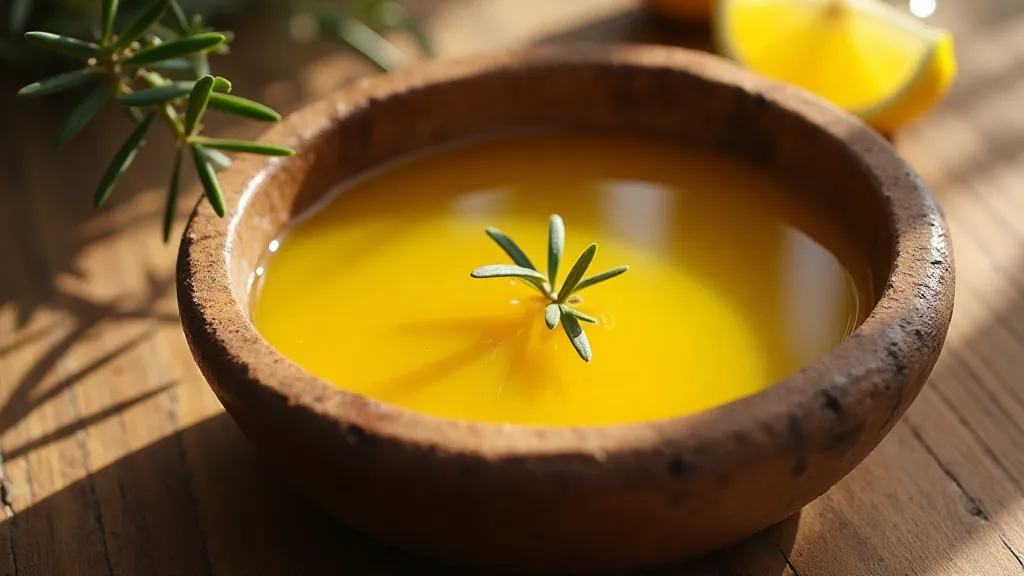
Coconut Oil: For Lather and Hardness
Coconut oil is a popular choice for its ability to create a fluffy, abundant lather. It also contributes to the hardness of the soap bar. However, using too much coconut oil can result in a drying soap, as it can be somewhat harsh. A typical usage rate is between 15-30% of the total oils. Some soapmakers will counter this potential dryness by incorporating moisturizing butters, like shea butter, to balance the overall effect. Achieving the right balance is key to creating a soap that cleans effectively without stripping the skin of its natural oils.
Palm Oil: Controversy and Alternatives
Historically, palm oil has been widely used for its hardness and stable lather. However, due to environmental concerns regarding deforestation, many soapmakers are seeking alternatives. If you choose to use palm oil, ensure it's sustainably sourced. Considering the environmental impact of ingredients is a growing concern for many consumers, and choosing eco-friendly alternatives is a rewarding aspect of artisan soapmaking.
Shea Butter: Luxurious Moisturizing
Shea butter is a fantastic addition to soap recipes for its exceptional moisturizing properties. It adds a creamy texture and contributes to a gentle, luxurious feel. It is a softer oil, and usually incorporated at 5-15% of the recipe. Alongside other nourishing additives, shea butter enhances the sensory experience of the soap, contributing to a richer, more indulgent feel. For those looking to create truly exceptional soaps, incorporating natural colorants alongside luxurious ingredients is also a worthwhile consideration - you can learn more about this in our guide to natural soap colorants for soap.
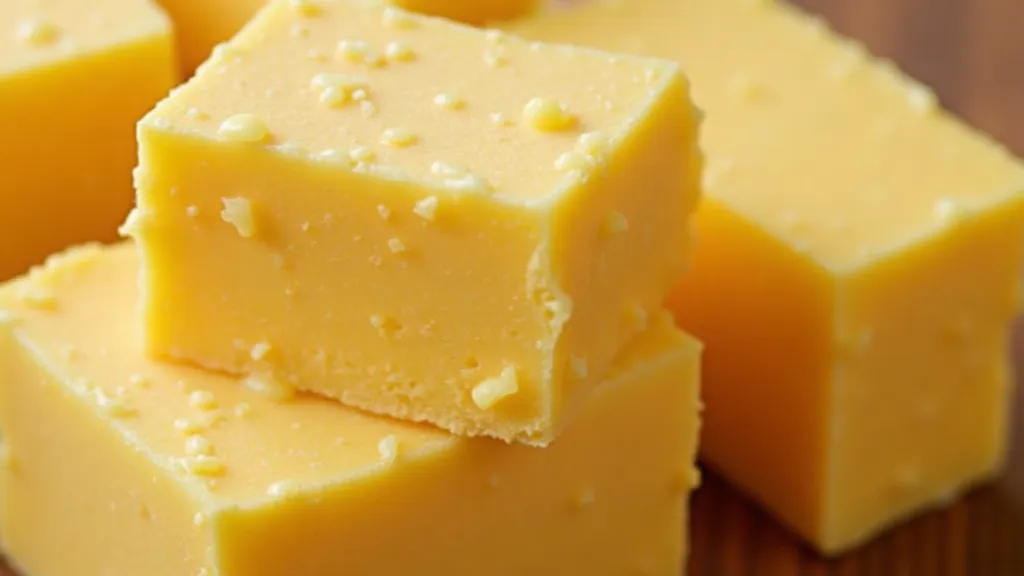
Other Notable Oils
Beyond the core oils, numerous other oils can significantly impact a soap’s properties. Each offers unique benefits and contributes to the final product’s overall character.
- Sweet Almond Oil: Adds conditioning and a luxurious feel.
- Castor Oil: Boosts lather and contributes to a glossy finish.
- Avocado Oil: Rich in vitamins and adds moisturizing properties.
- Sunflower Oil: A readily available and inexpensive option, but it can accelerate rancidity if not properly stored. Proper storage is vital to ensure the soap maintains its quality and scent over time.
Balancing the Blend: Achieving Your Desired Soap Characteristics
The beauty of artisan soapmaking lies in the ability to customize your recipes. Consider the following when choosing your oils:
- Hardness: Higher percentages of hard oils like coconut and palm (if using) will create a harder bar.
- Lather: Coconut and castor oil contribute to abundant lather.
- Moisturizing: Olive oil, shea butter, avocado oil, and sweet almond oil are excellent moisturizers.
- Cure Time: Soaps with higher percentages of olive oil take longer to cure. Speeding up this process can be beneficial when you need soap quickly, but it's important to understand the potential trade-offs in terms of mildness and overall quality. For those interested in expedited soapmaking, look into hot process soapmaking, which offers a much faster turnaround.
- Shelf Life: Properly formulated soaps should have a long shelf life, but using oils prone to rancidity (like sunflower oil) requires careful attention to storage.
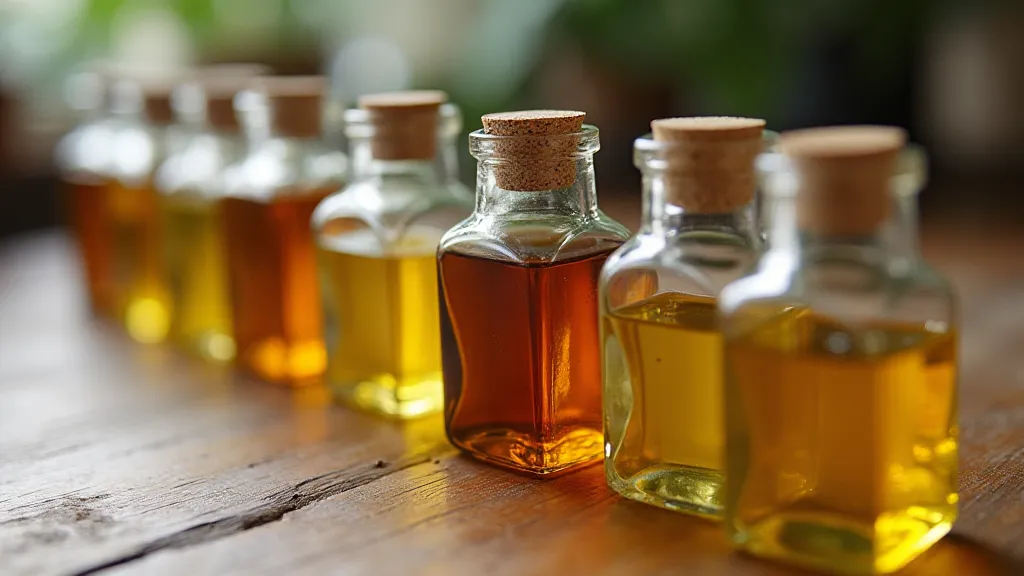
Beyond the Oils: Fragrance and Design
While the choice of oils forms the foundation of any soap recipe, the addition of fragrance and design elements can elevate the final product from functional to truly exceptional. The art of fragrance layering, in particular, requires a keen sense of scent and a deep understanding of how different aromas interact with one another. It is an alchemical process akin to blending paints to create a desired hue – a delicate balance that can transform a simple soap into an olfactory masterpiece. The visual aspect of soapmaking is equally important; the interplay of colors and textures contributes significantly to the overall appeal. Achieving a truly captivating final product requires a holistic approach, where every element, from the oils used to the final presentation, is carefully considered. The intricate patterns and visual stories that can be told through soap design can be as mesmerizing as Marble Veins & Silent Whispers: Mapping Geologic Imperfection in Artisan Soap Design, reflecting the natural world's own beauty and complexity.
Troubleshooting Common Soapmaking Challenges
Even with careful planning and precise measurements, challenges can arise during the soapmaking process. Understanding these common pitfalls and learning how to troubleshoot them is crucial for consistent success. For example, a soap that is too soft may indicate an imbalance in the oil blend or an insufficient amount of hard oils. Conversely, a soap that is too brittle might suggest an excess of hard oils or an overly rapid saponification process.
Advanced Techniques and Creative Exploration
Once you have mastered the fundamentals of soapmaking, the possibilities for creative exploration are virtually limitless. Experimenting with different techniques, such as swirl patterns, embeds, and layered effects, can transform your soaps into miniature works of art. The key is to approach each experiment with a spirit of curiosity and a willingness to learn from your mistakes. Remember, even a "failed" batch can provide valuable insights that will inform your future creations. Consider delving deeper into the science of soapmaking to understand how each ingredient interacts and contributes to the final product. This knowledge will empower you to make informed decisions and push the boundaries of your creativity.
The Importance of Record Keeping
Detailed record-keeping is the cornerstone of any successful soapmaking operation. Documenting every aspect of your process, from the exact weights of each ingredient to the temperature of the oils and lye solution, allows you to replicate your successes and avoid repeating your mistakes. Over time, your records will become a valuable resource, allowing you to track your progress and refine your techniques. Consider adding notes about the fragrance load, cure time, and customer feedback to create a comprehensive record of each batch.
Safety Considerations
Working with lye requires utmost care and safety precautions. Always wear appropriate protective gear, including gloves, eye protection, and long sleeves. Work in a well-ventilated area and follow all safety guidelines. When handling lye, remember that it is a corrosive substance and can cause severe burns if it comes into contact with skin or eyes. Thoroughly research and understand the risks associated with lye before beginning any soapmaking project. A detailed understanding of these safety protocols is paramount to a positive soapmaking experience.
Conclusion
Artisan soapmaking is a rewarding craft that combines science, creativity, and a passion for natural ingredients. By understanding the properties of different oils and mastering the techniques of soapmaking, you can create beautiful and effective soaps that nourish the skin and delight the senses. From the humble Castile soap to intricate layered designs, the possibilities are endless. Embrace the journey of discovery and enjoy the satisfaction of creating something truly unique with your own hands.

